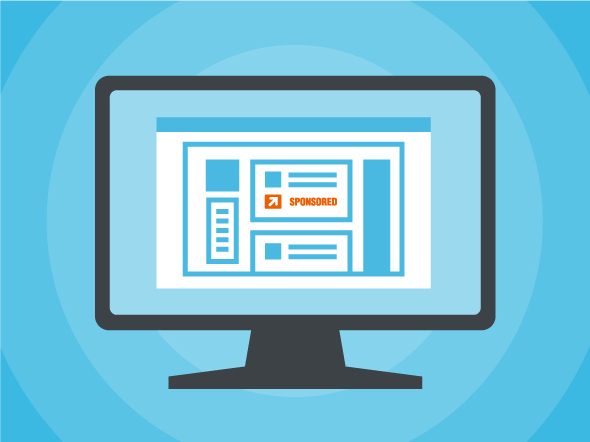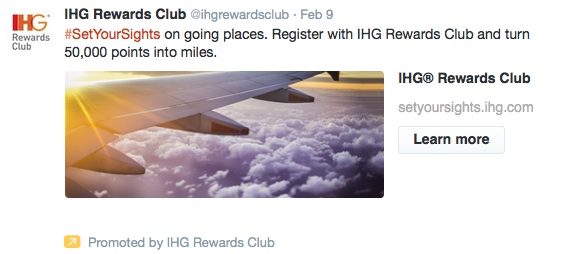Make the Most of Sponsored Posts
03.18.15 · Ashley Bowen Cook
So you’ve been following the proliferation of sponsored content across social media platforms, and you’re ready to take the plunge.
First, and most important, keep in mind that sponsored content should look and feel different from your standard advertising. Think of it more as sharing your wisdom and expertise, rather than making a hard direct sale.
Pick Your Platforms
Your next task: determine which platforms offer the best fit for your audience. Facebook has sponsored ads; Twitter offers promoted tweets; LinkedIn features sponsored updates; Pinterest, promoted pins; YouTube, promoted videos – and so on.
For aviation clients, we highly recommend taking a hard look at LinkedIn. But you should consider any of the platforms that your particular customers are using. Short of conducting a research survey to find your customers, you can do some searches on the various channels and review conversations that reflect your specialty. More channels creates more reach. 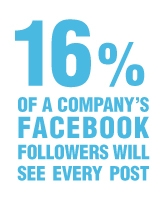
Play the Numbers
Remember that you’re still playing numbers games. No form of engagement – even a personal visit and handshake – guarantees complete success.
According to Facebook estimates, for example, an average of 16 percent of a company’s followers will see every post. That number changes based on how engaged your fans are. If they simply became a fan but never look at or interact with your page or any of your posts, they aren’t likely to even see your posts.
When you promote a post, you greatly increase the number of people who will see it – although it still won’t be 100 percent. 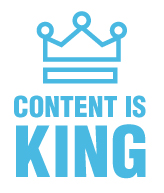
The Content Competition
You’ve been hearing for years now that content is king. So has everyone else. So now the digital space is glutted with tons of content – a lot of it bad. (We’ll address that in another post.) But some really good content gets ignored because no one sees it. So the first thing is to produce content that your target market will find compelling. Then promote it across multiple channels to increase its odds of getting seen.
Promoted Content Pointers
- Direct your promoted tweets to a specific audience by using the targeting options. These tweets act like others – they can be retweeted, replied to, favorited etc. They will carry a “promoted” tag, and users can dismiss them if they wish.
- You can also promote your Twitter account with a tweet that includes a “follow” button. It will then appear on targeted users’ timelines and on their “who to follow” sidebar.
- On LinkedIn you can take an update you’ve already posted and push it out to your specific target audience.
- You can also push out a LinkedIn display ad, which allows you to include an image or video as well as copy. Be sure to include a strong call-to-action. These ad can appear in multiple places – home page, profile page, company page etc. – depending on the ad size you choose.
When you post a sponsored update on LinkedIn, the word “Sponsored” appears, as in this recent Greteman Group post. Note that it includes an eye-catching visual and a call to action with a link.

Twitter tags promoted tweets with an arrow and a “Promoted by …” Both of these examples also have strong visuals, calls-to-action and links.
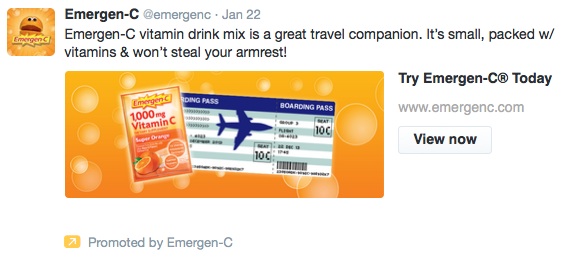 The days of just putting good stuff out there and waiting for the world to beat a path to your door are over. If they were ever here.
The days of just putting good stuff out there and waiting for the world to beat a path to your door are over. If they were ever here.
This column ran in the March 19 issue of BlueSky Business Aviation News.
